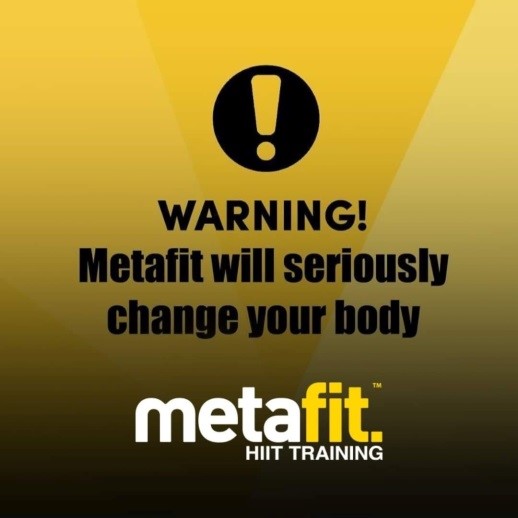THE BEST HIIT WORKOUT
June 5, 2023


High-intensity interval training is a workout trend that hasn’t stopped gaining momentum for over a decade, and for good reason: it works. Although it may sound intimidating to some people, some recent studies have shown that it’s a pretty enjoyable experience, overall.
This is not to say that other forms of exercise are inefficient. On the contrary, the body needs a plethora of different movement done at different intensity levels in order to really maximize its potential. That being said, there really isn’t a protocol that is as effective in as little time as HIIT.
For those that have never encountered this workout, HIIT is an umbrella term for many different protocols that share the same main trait: the point is to work at 90-100% of your maximum heart rate for a short period of time (which can range anywhere from 10 seconds to 1 minute) and then work out for another time period (usually a bit longer or the same length as the high-intensity one) at low intensity or complete rest.
This way you will maximize fat-burning, increase your metabolic rate as well as oxygen consumption, reduce the risk of heart disease and gain lean muscle. While HIIT is often advertised like a fat-burning machine, there are people who don’t train in order to burn fat, leaving them wondering if HIIT is really right for them.
The short answer to this would be a resounding YES, HIIT is good for everyone. Keep reading to learn the best HIIT workout for your specific needs, what can you expect to gain by doing HIIT and some nutritional tips on how to achieve your fitness goals.

Basics of HIIT
Because it’s both aerobic and anaerobic, HIIT isn’t exactly the same as cardio. However because it requires you to do quick and intense bursts of activity, it’s hard to imagine a pull-up, push-up or a deadlift HIIT routine. It’s just not how those moves are done.
In our opinion, the best way to do HIIT is by using your own bodyweight and cranking up the intensity with the guidance of an expert trainer. That’s why our Metafit workouts include exercises that minimize the possibility of injury and stay within true HIIT protocols.
Before going into a HIIT workout, make sure you’re properly warmed-up. A lot of people disregard preparing their bodies for this kind of stress, eventually doing more harm than good.
One thing to remember about HIIT is that it isn’t a daily workout. It should be done 3 times a week at most, and most people would actually benefit from doing it once or twice per week along with other cardio and strength exercises.
HIIT for Weight Loss
When we say weight loss, we mean fat loss. Any kind of weight loss that isn’t fat loss means that you’ve either lost water weight (a great start!) or that you’re losing muscle weight, which isn’t what 99.99% are after.
Another thing to keep in mind is that while HIIT is a great way to accelerate your fat loss, it all starts and ends with what you eat.
Here’s our recommendation of an ideal workout schedule for weight loss.
- Monday – Full body strength training
- Tuesday – Metafit HIIT workout
- Wednesday – Full Body Functional training (resistance circuit)
- Thursday – Metafit HIIT workout
- Friday – Full body strength training
- Saturday – Full Body Functional training (resistance circuit)
- Sunday – Walk/Stretch or Rest
HIIT Benefits
With a balanced diet that is adjusted to your needs and lifestyle, HIIT can really do wonders for your looks. It’ll build lean muscle, speed-up the fat-burning process and make you feel like you can take on the world. Additionally, you will essentially train your heart muscle every time you do HIIT, making it stronger by the day, thus increasing both your aerobic and anaerobic capacities.
While there are no rules to when you will start noticing results, the general rule is that you’ll start noticing the first changes in your look and abilities after 3-4 weeks of regular training and that others will start noticing the changes after 2-4 months. Patience is key when it comes to change.
The way to know you’re really doing HIIT and not just moderate-intensity cardio (if you don’t have a heart-rate tracker) is to make yourself go out of breath in those short bursts of activity. Give it your all and sweat a lot – the pain and tiredness will go away quickly and the results will come back to you tenfold.

Leave a Reply